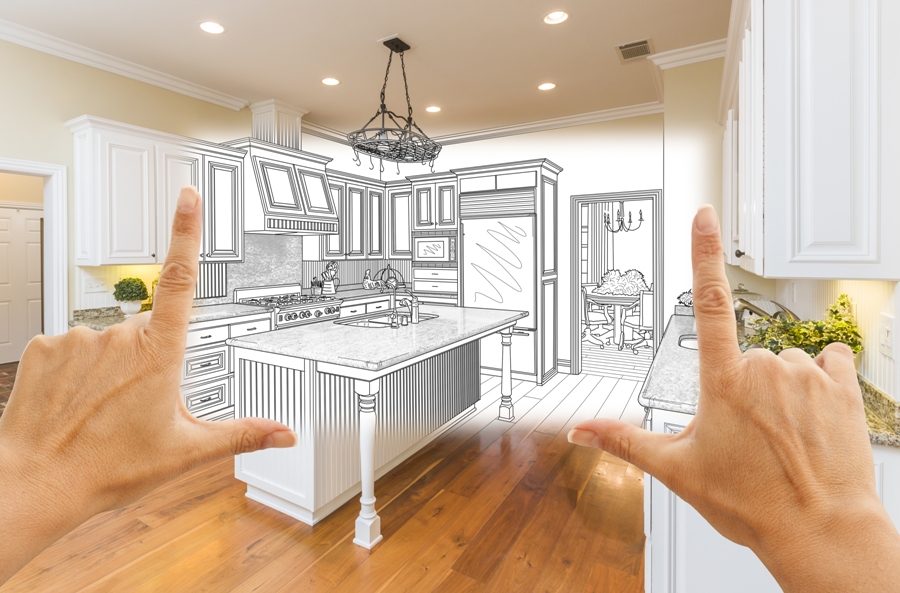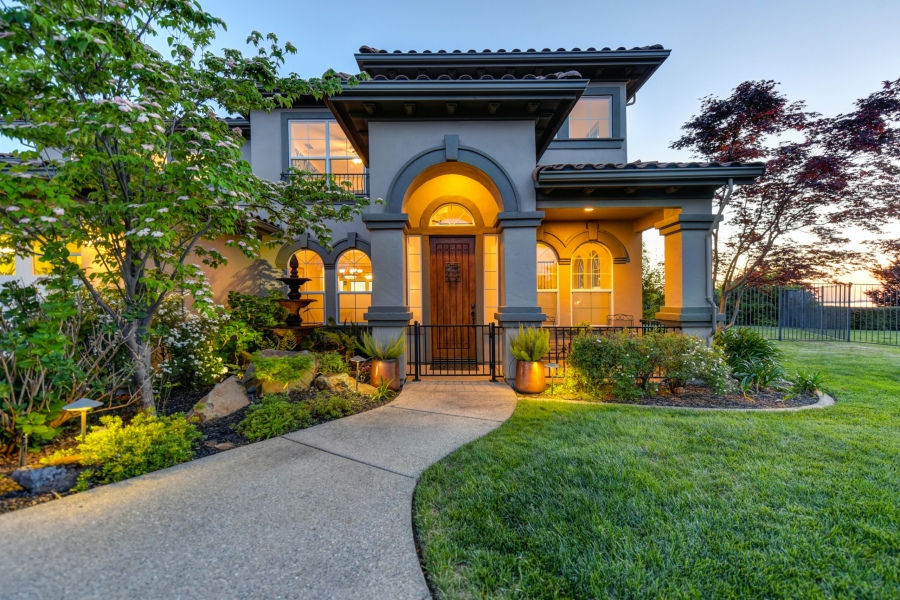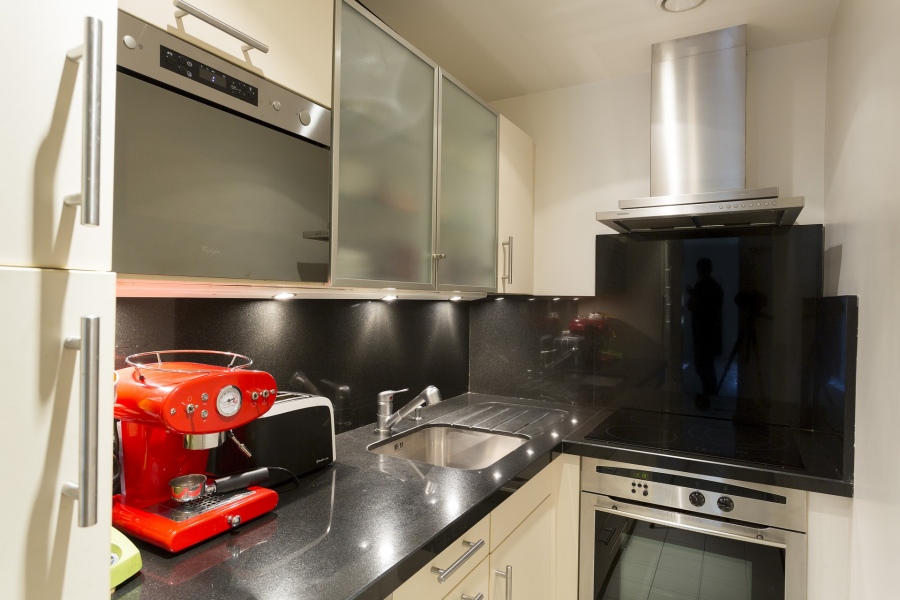Remodeling your home is an overwhelming endeavor at times, but it is also an adventure. Be prepared to practice patience and preparation as you journey towards the home of your dreams.
Pest Control
There are so many things to consider when remodeling all or part of your home. Before you really get the ball rolling, inspect for termites. You are about to spend a lot of money on your home. It makes sense that you inspect before working. If treatment for termites becomes necessary, drilling may need to be done. This may require the removal of drywall and other furnishings. You don’t want to have to repair a wall in your beautifully renovated space.
Get your home inspected even if you don’t see signs of bugs. Termite damage can be costly to repair. The longer these pests have to work on your home the more damage they are able to do. It is easy to forget about termites in winter. They don’t die during these colder months. They just burrow down into the soil. In some regions, the temperatures stay warm enough for these pests to continue to actively destroy your home. Take care of the problem any time of the year and before investing in any major remodeling projects.
Style
After you have the pests under control, determine your home’s existing style. Take the time to really look at your home. Look at its shape and size. Consider the pitch of the roof, the location of windows, and the placement of doors. What do you like and dislike about the existing features? Do you like the basic function of your home?
By studying your home as a whole and its style and function, you can better determine what parts of the existing style and features you want to work with. You may decide you want to change the style completely. A complete makeover can be a costly endeavor. Make sure you know exactly what you want and what you hope to gain from the changes. Some projects can entirely change the function of your home. Make sure this is a change you actually desire. You can use this approach for the inside of your home as well.
Planning
You may not have the ability or funds to move out of your home for a complete remodel. This doesn’t mean you shouldn’t have a master plan. This allows you to do projects in phases without losing sight of the ultimate goal. Planning ahead helps you know the construction sequence of what to remodel and in what order. It gives each project an overarching purpose.
Budgeting
Having a master plan helps you budget better. You can better see why you are investing the money you are. Once you have a master plan, get a cost estimate done by a professional. This number might seem overwhelming, but you can break the master plan down into doable projects. By creating a master budget, it makes funding smaller projects easier. Allow yourself some wiggle room money-wise by setting aside more than you think will be required for the remodeling at hand. This will reduce the stress associated with any hiccups along the way.
Design
You may need to reconsider some of your remodeling choices once you see the costs associated. You want your plan and your budget to align. Consider designing better, not necessarily bigger. Adding a room to your home might seem like the best solution when reconfiguring the existing space can dramatically impact the flow and function of your home in a similarly suitable fashion.
Deciding to dramatically remodel your home is a big adventure to embark on. Take things one step at a time. Look at your home. Discover what you like and dislike about it. Get any pests under control before swinging the first hammer. Plan ahead and you will have the home of your dreams before you know it.





